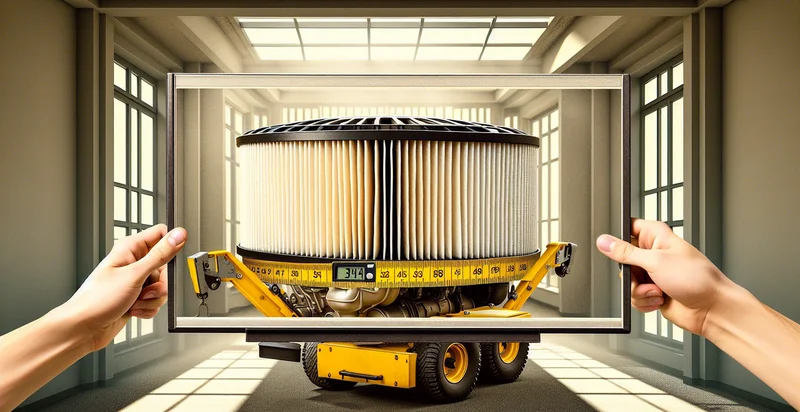Identify what material an air filter is made from
using AI
Below is a free classifier to identify what material an air filter is made from. Just upload your image, and our AI will predict what material an air filter is made from - in just seconds.

Contact us for API access
Or, use Nyckel to build highly-accurate custom classifiers in just minutes. No PhD required.
Get started
import nyckel
credentials = nyckel.Credentials("YOUR_CLIENT_ID", "YOUR_CLIENT_SECRET")
nyckel.invoke("what-material-an-air-filter-is-made-from", "your_image_url", credentials)
fetch('https://www.nyckel.com/v1/functions/what-material-an-air-filter-is-made-from/invoke', {
method: 'POST',
headers: {
'Authorization': 'Bearer ' + 'YOUR_BEARER_TOKEN',
'Content-Type': 'application/json',
},
body: JSON.stringify(
{"data": "your_image_url"}
)
})
.then(response => response.json())
.then(data => console.log(data));
curl -X POST \
-H "Content-Type: application/json" \
-H "Authorization: Bearer YOUR_BEARER_TOKEN" \
-d '{"data": "your_image_url"}' \
https://www.nyckel.com/v1/functions/what-material-an-air-filter-is-made-from/invoke
How this classifier works
To start, upload your image. Our AI tool will then predict what material an air filter is made from.
This pretrained image model uses a Nyckel-created dataset and has 13 labels, including Activated Carbon, Cellulose, Cotton, Electrostatic, Fiberglass, Foam, Hepa, Metal Mesh, Paper and Polyester.
We'll also show a confidence score (the higher the number, the more confident the AI model is around what material an air filter is made from).
Whether you're just curious or building what material an air filter is made from detection into your application, we hope our classifier proves helpful.
Related Classifiers
Need to identify what material an air filter is made from at scale?
Get API or Zapier access to this classifier for free. It's perfect for:
- Quality Control in Manufacturing: A manufacturing facility can implement the false image classification function to ensure that air filters produced meet specific material standards. By analyzing images of the filters during production, the system can identify discrepancies that may indicate material defects or usage of incorrect materials.
- Supply Chain Verification: Companies can use the function to verify that incoming air filters from suppliers are made from the confirmed materials, preventing issues related to substandard products. This process can reduce returns and complaints from customers while maintaining product quality.
- Product Authentication for Retail: Retailers can employ this image classification to authenticate air filters on their shelves, ensuring they offer genuine products. This helps in building customer trust and reducing misrepresentations that could lead to potentially harmful purchases.
- Environmental Compliance: Organizations can utilize the function to ensure that their air filters are made from environmentally friendly materials. By properly classifying materials, companies can meet regulatory requirements and support sustainability initiatives.
- Consumer Education: Businesses that sell air filters can provide an interactive experience for customers by allowing them to submit images of filters for classification. This helps educate consumers about the benefits of specific filter materials, influencing their purchasing decisions.
- Aftermarket Product Assessment: The function can be used by service centers to assess aftermarket air filters brought in by users for maintenance or replacement. By identifying the material composition, technicians can recommend the best replacement options that align with vehicle specifications.
- Market Research and Trends Analysis: Companies can analyze trends in air filter materials over time by collecting data from classified images. This information can help businesses innovate and adapt their product offerings based on material performance and consumer preferences in response to emerging trends.


